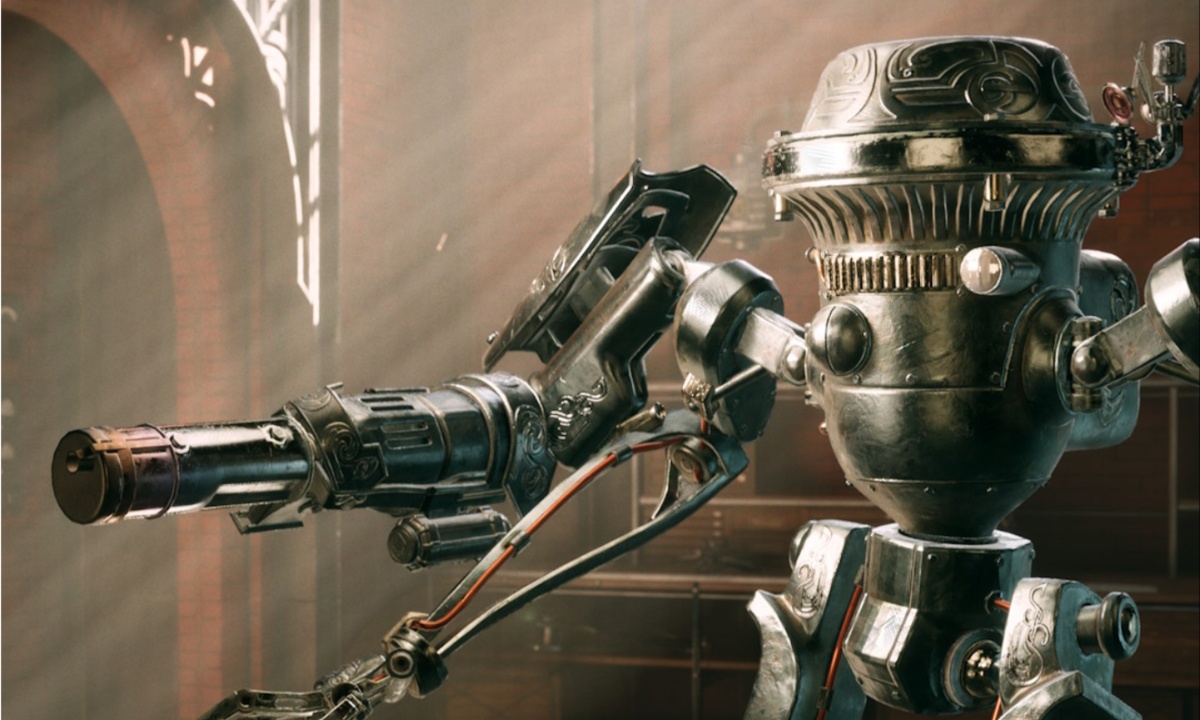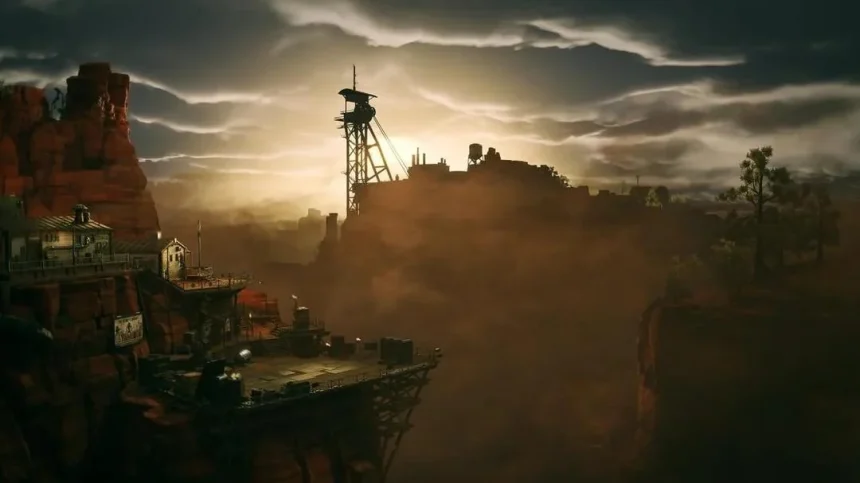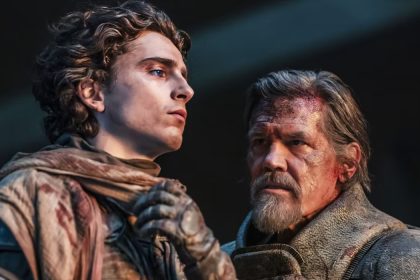Raphael Colantonio, co-founder of Arkane and now leading WolfEye, is known for leveraging distinctive hooks in game design. His latest venture, WolfEye’s new game, aims to blend elements of Fallout and Dishonored, though it doesn’t neatly fit into that mold.
Colantonio has been describing this new project as situated on a spectrum between Fallout: New Vegas and the more ‘pure’ immersive sim approach of Dishonored, revealing a design philosophy that has evolved over two decades.
Colantonio reflects on the ambitious nature of developing a dense, first-person immersive sim for a young studio like WolfEye. He draws a parallel with Arkane’s debut title, Arx Fatalis, noting that despite being a smaller team back then, they faced similar challenges.
The key difference now is the commitment to high levels of execution, which requires significant time and resources, making the process seem even more daunting.

The discussion highlights a critical design choice: balancing realism with stylization. Colantonio advocates for stylization as a way to achieve enduring visual appeal without the excessive production demands of hyper-realism. He points to the lasting charm of games like The Legend of Zelda and the potential pitfalls of pursuing realism, which may not age as gracefully.
Stylization is also a factor in why Colantonio views Dishonored as still visually appealing. He praises the game for its enduring ability to communicate emotional depth through its design. Dishonored is considered a prime example of what Colantonio refers to as “Arkane DNA,” a foundation of simulation and world-building that he continues to value in game development.
This design philosophy extends beyond traditional immersive sims. Colantonio sees games like Skyrim and Baldur’s Gate 3 as embodying similar immersive qualities, with a focus on meaningful, interactive environments. He values games that offer players multiple approaches and solutions, reflecting his desire to give players the tools to creatively engage with game systems.
Colantonio’s experiences with Prey, which he describes as his most open game to date, reveal his intention to expand even further in WolfEye’s new project. He teases the inclusion of even more RPG elements and player tools, suggesting a game world that will be more expansive and interactive than previous efforts, building on the systems established in Prey.
The choice of setting for WolfEye’s games, including their follow-up to Weird West, reflects Colantonio’s preference for simpler, more manageable worlds that facilitate rich storytelling. The Old West provides a backdrop with fewer characters and locations, allowing for deeper narrative development and player freedom.
Lastly, Colantonio views WolfEye as a natural evolution from his work at Arkane, though he acknowledges the complexity of Arkane’s legacy following the recent closure of Arkane Austin. Despite the changes, Colantonio sees a familial connection between Arkane and WolfEye, with a shared history and a common design philosophy linking the two studios.







